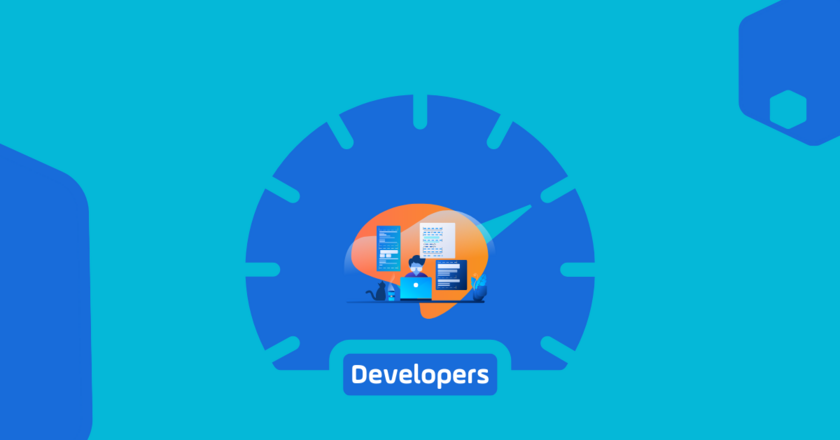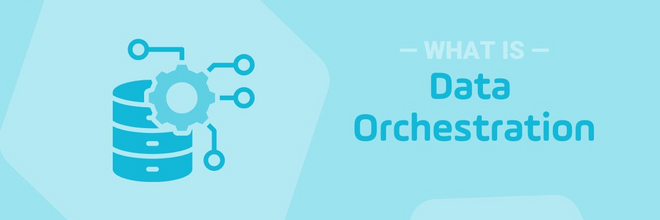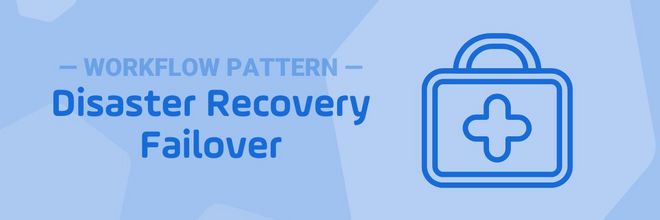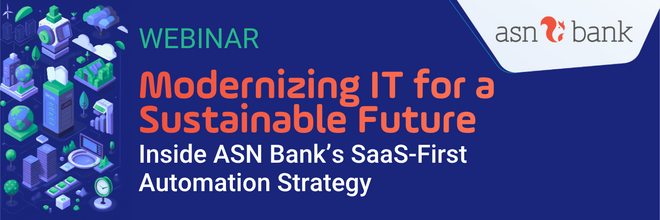DevOps Orchestration Strategies to Achieve True Scale
Implementing a DevOps methodology at scale can be an enormous challenge. Identifying and correcting problem areas, paired with an orchestration solution, can break logjams and produce a viable enterprise-wide strategy.

DevOps is revolutionizing the way businesses approach IT as well as overall business processes and operations. DevOps brings together previously siloed IT subdivisions of IT development, operations and infrastructure under one umbrella, allowing them to become part of a unified IT operations and orchestration strategy that is coordinated across the entire enterprise.
One factor driving adoption of DevOps is the ever-faster code-to-production process, which brings with it the challenge of ensuring every release is optimized, stable and secure before being launched. But there is a long string of events that have to happen before an enterprise can achieve the type of IT automation and orchestration required to nail speed at scale.
Three Common Organizational Traits Standing in the Way of Effective DevOps
According to the ninth annual “2020 State of DevOps Report,” almost 80% of organizations self-report as being in the middle stages of their DevOps evolution. For most enterprises, the biggest obstacle to taking DevOps to the next level is finding an effective, cost-efficient way to scale their DevOps methodology and make it a part of a viable long-term organization-wide strategy.
The following three traits often stand in the way:
- Random Acts of Automation - At most enterprises, “random acts of automation” are already taking place: Code-savvy developers automate individual tasks as a means to a specific end, writing a script or using a point automation to solve an immediate problem. Then they move on. While that may fix the issue in the short run, it also creates silos of automation. Moreover, it thwarts interoperability across the toolchain since too many developers are introducing disparate solutions to multiple one-off problems. And it’s important to note that random acts of automation usually don’t align with enterprise priorities for compliance, security and cost-efficiency.
- The Code/No-Code Divide - A code/no-code divide is growing in prominence across today’s DevOps world. On the one hand, more-experienced staff members with coding skills can autonomously automate anything by writing their own code. On the other hand, most product owners lack coding knowledge and might resort to bringing in tools to automate in ways they understand. Both scenarios have one common downside: They create new automation silos and add instances of the same automation happening several times over.
- The Persistent DevOps Dilemma - The main DevOps issue boils down to getting everyone—ops engineers, developers, DataOps and business users—on the same page while automating for sustainability and scalability. Adding a layer of orchestration above the individual instances of automation along the DevOps toolchain, which we’ll cover in the next section, holds the key.
Service Orchestration and Automation Opens the Door to Effective DevOps
Ultimately, a DevOps methodology is judged by how well it enables seamless development and testing that ensures all code is deployed, to the highest standards, in the shortest amount of time possible. Another key criterion is the level of self-service upstream integrations that empower various cross-functional teams.
DevOps can be made more efficient and effective by improving day-to-day operations, including tracking code changes and maintaining software packages versioning (history logs, code analysis and code reviews). To do that, developers must be able to move code efficiently and securely between various DevOps collaboration tools, such as GitHub, GitLab, Bitbucket and Performance Helix, to name a few. Ease of collaboration for multiple team members across the entire development cycle is key to timely deployments.
This is where service orchestration and automation platforms (SOAP) enter the scene. The right SOAP is the secret to achieving DevOps consistency and speed while meeting the scalability requirements from an operational standpoint. As organizations grow and scale their operations, a strategy built on orchestration maintains standardized processes across teams of engineers and streamlines connections between numerous DevOps tools.
Benefits of service orchestration and automation for the DevOps toolchain include:
- Central orchestration of DevOps tools, ensuring that code is delivered to the right tool at the right time across the entire Dev-Test-Prod cycle.
- Limitless integrations as the DevOps toolchain evolves and once-prominent tools are replaced with new ones.
- Improved agility and faster time to market by adopting automation across the entire code release funnel, through continuous integration (CI), continuous deployment (CD) and application release automation integration.
- Moving faster with self-service automation, which empowers developers while reducing the burden on IT Ops.
- Streamlining the automation of workloads across a hybrid IT environment (workloads can be viewed, edited and deployed as code from from the developer's IDE).
- Promoting DevOps and DataOps collaboration, resulting in faster data processing, quicker resolution of any batch-data issues and an improved resource output that makes data availability to the user more efficient.
Final Thoughts
When performing at its highest level, the continuous delivery offered by the DevOps approach shortens time to market and encourages innovation, creativity and first-hand learning across the business. As many enterprises have discovered, however, developing a high-performing DevOps methodology is no easy task. For an in-depth look at the challenges and solutions to the DevOps challenge, read our Stonebranch whitepaper, “The Missing Link for DevOps: How to Scale by Orchestrating What Others Automate.”
Start Your Automation Initiative Now
Schedule a Live Demo with a Stonebranch Solution Expert






